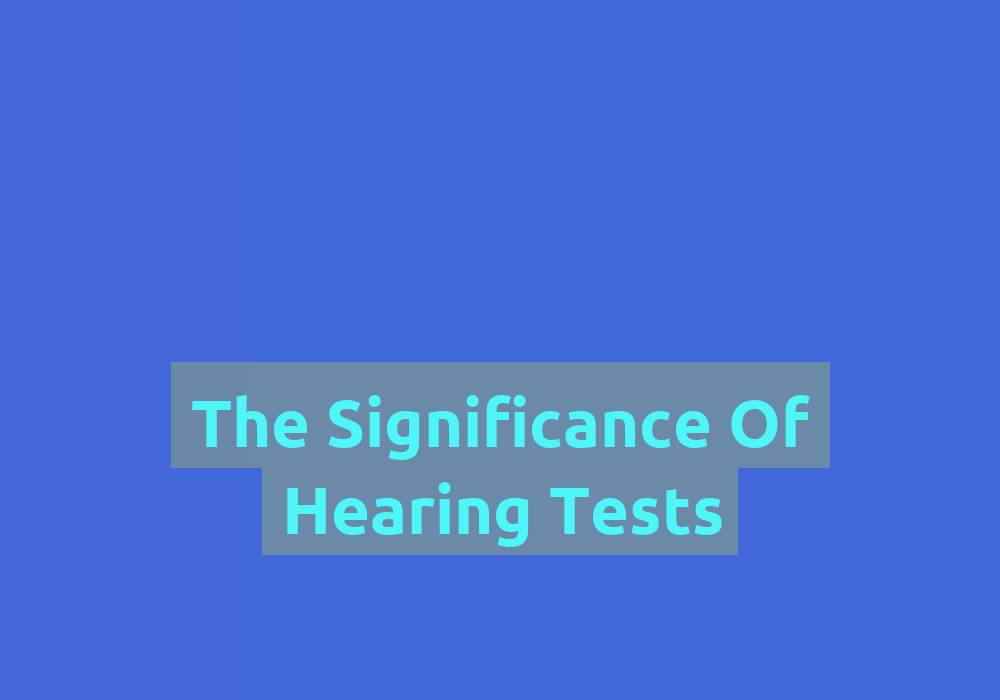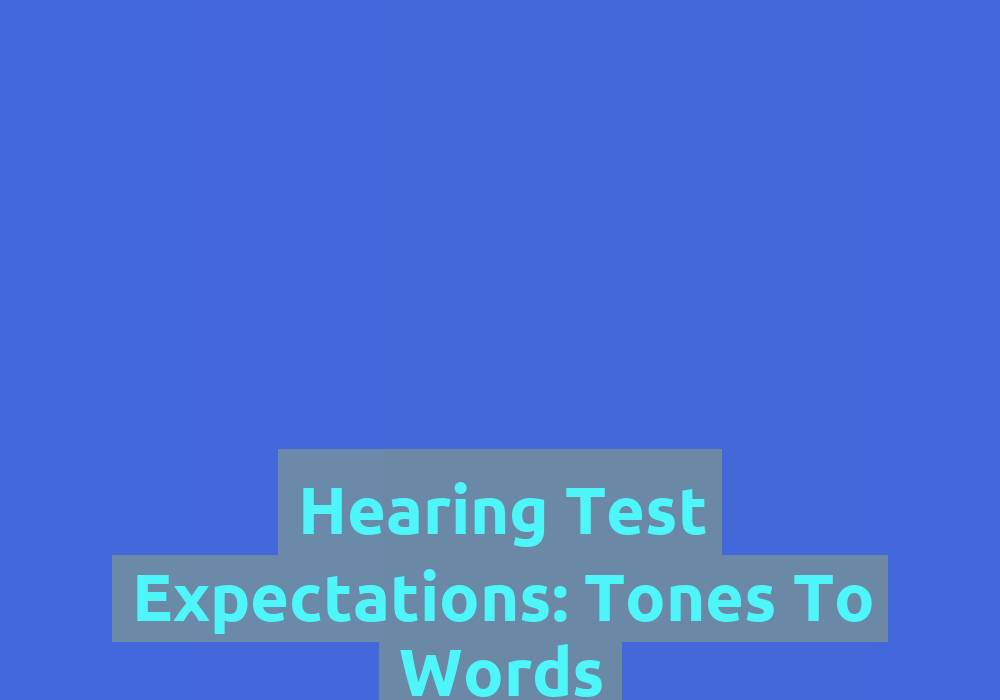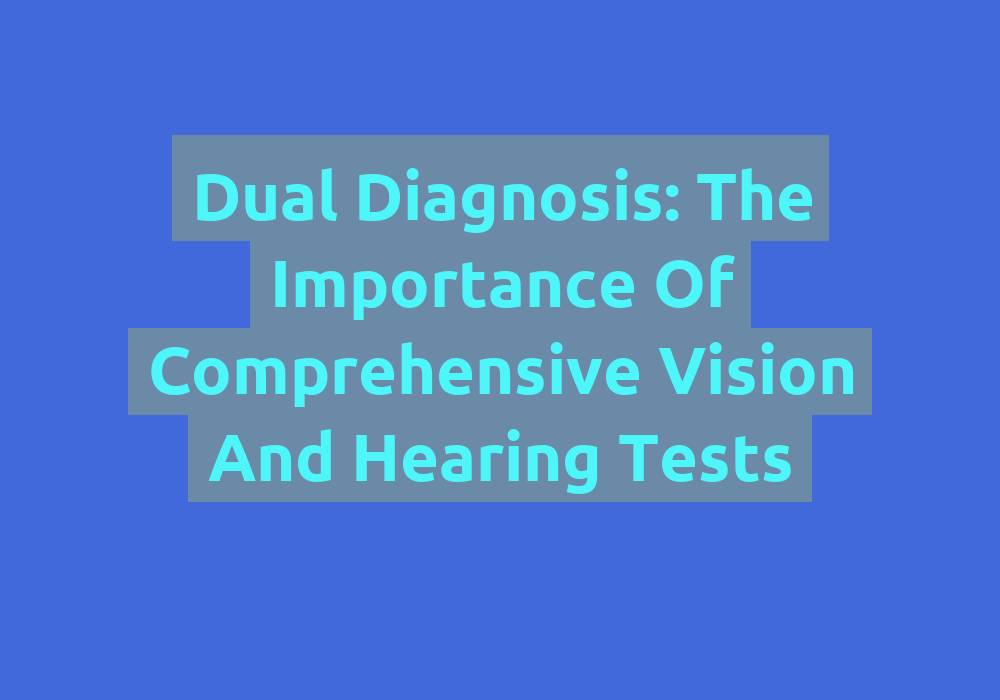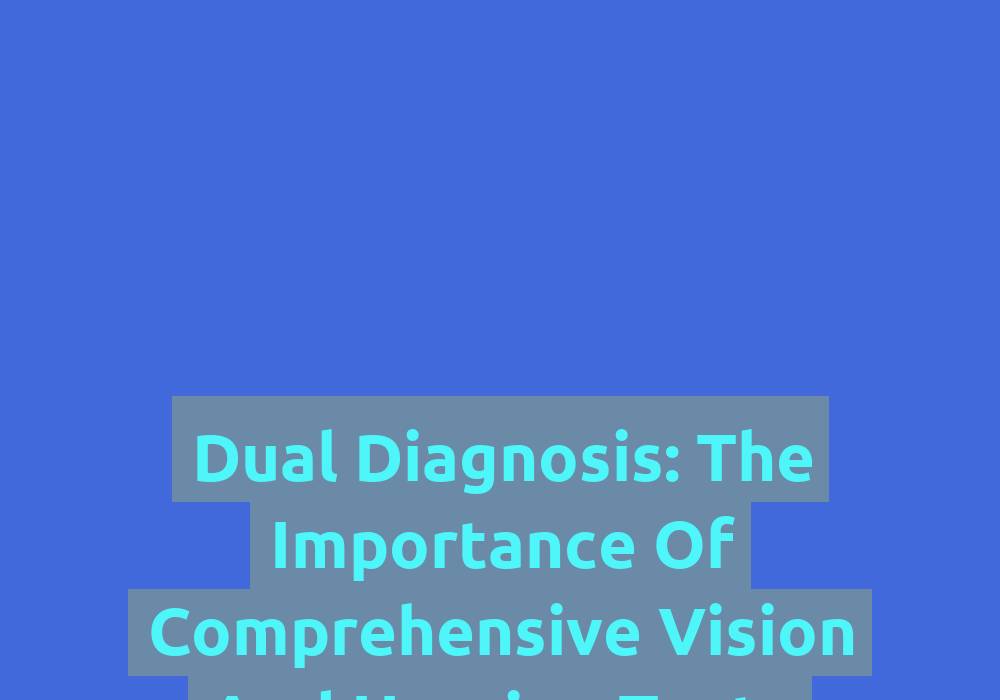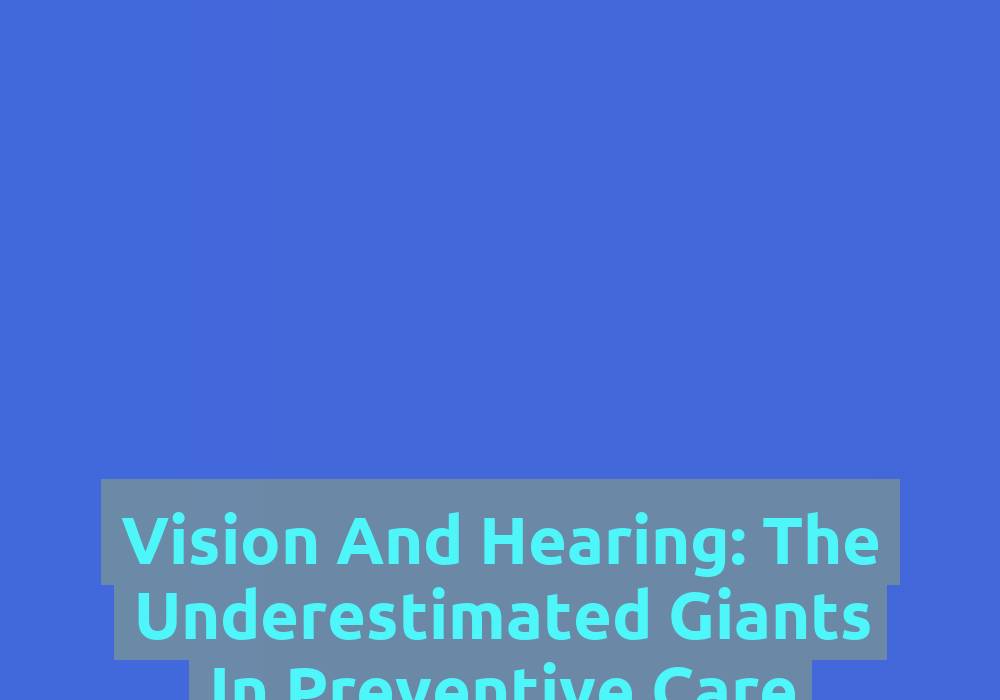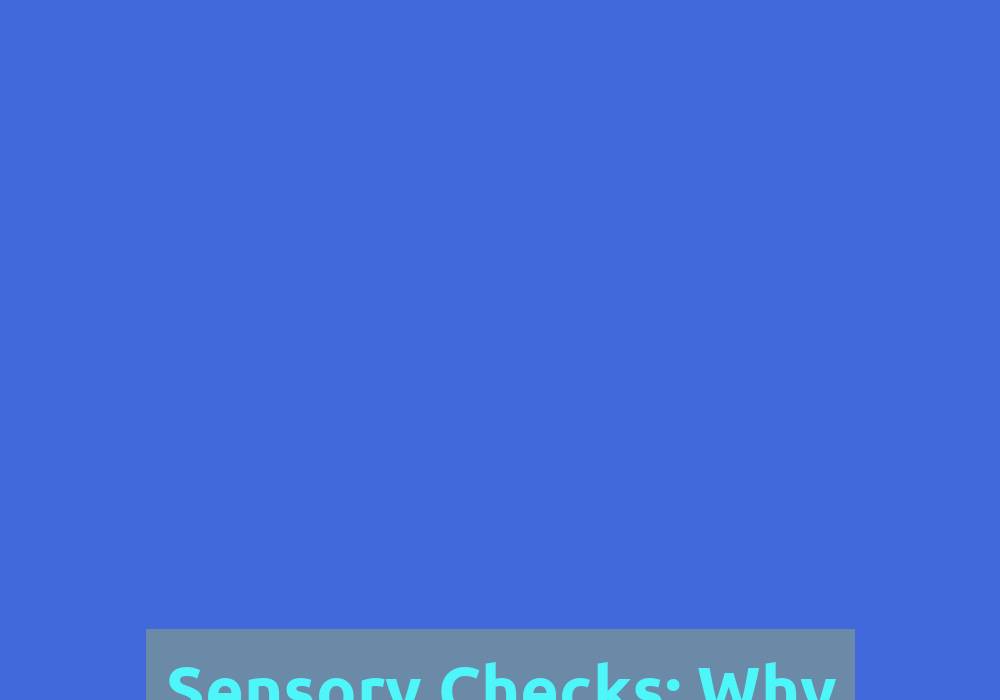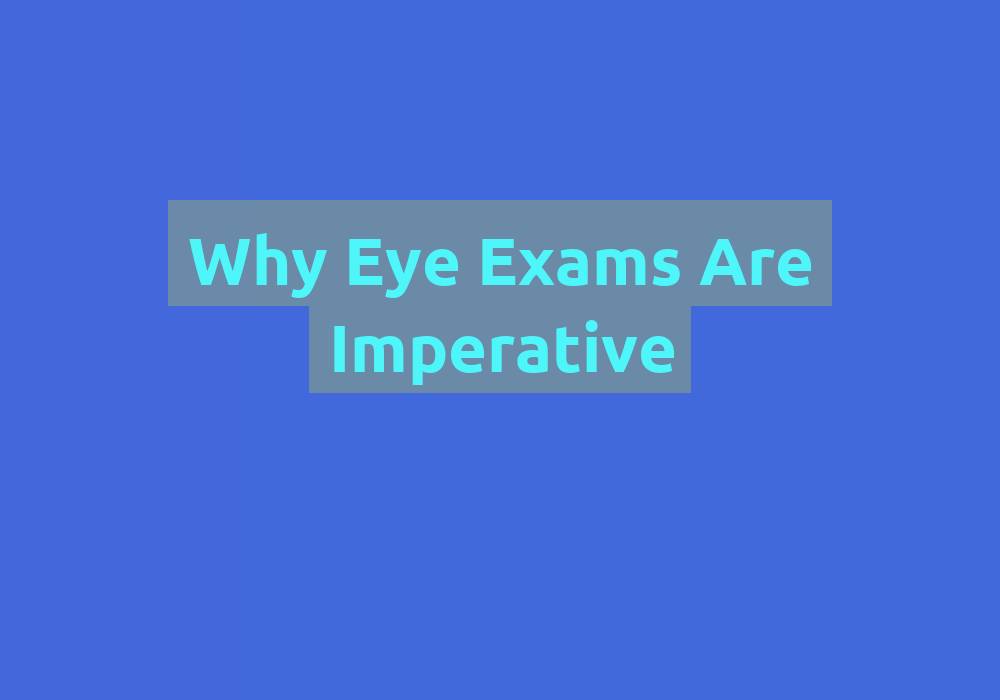Different Eye Exams & Their Revelations
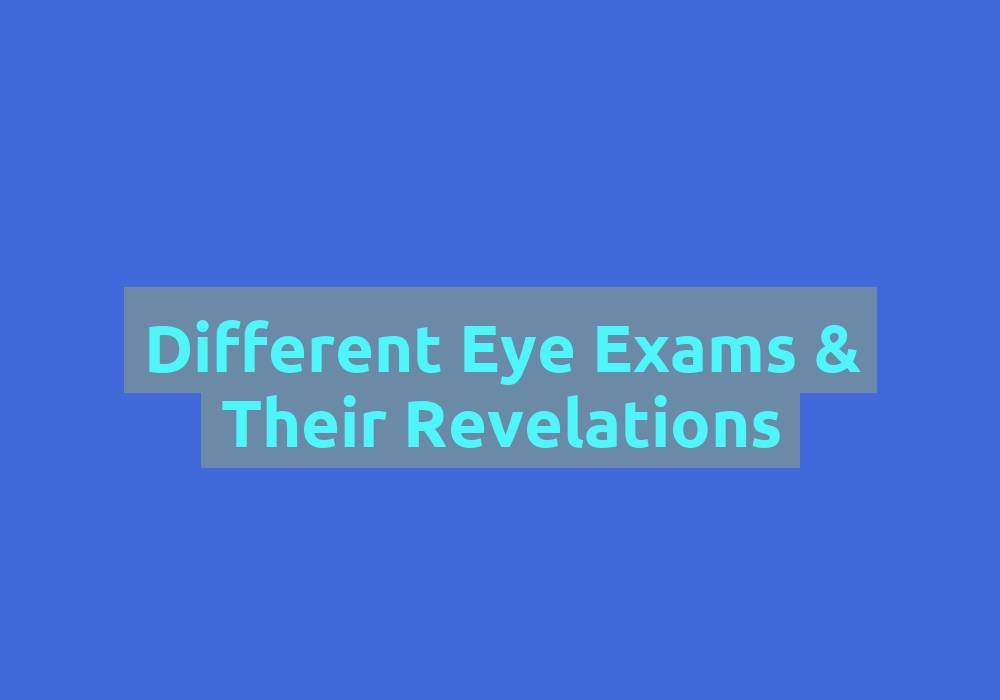
Regular eye exams are crucial for maintaining good vision and detecting potential eye problems early on. Eye exams not only assess our visual acuity but also provide valuable insights into our overall health. This article will explore the various types of eye exams and the valuable information they can reveal about our eyes and general well-being.
Comprehensive Eye Exam
A comprehensive eye exam is a thorough evaluation of the eye’s health and visual system. It typically involves the following assessments:
- Visual Acuity: This test measures how well you can see at different distances. It involves reading letters on an eye chart to determine your visual sharpness.
During a comprehensive eye exam, the optometrist or ophthalmologist will assess your visual acuity by having you read letters on an eye chart. This test helps determine the clarity and sharpness of your vision. It allows the healthcare professional to identify any refractive errors, such as nearsightedness, farsightedness, or astigmatism, and prescribe appropriate corrective measures like glasses or contact lenses.
- Refraction: The refraction test determines your exact eyeglass prescription. By using a device called a phoropter, the optometrist or ophthalmologist can determine the lens power that provides the clearest vision.
The refraction test is an essential part of a comprehensive eye exam as it helps determine the precise prescription needed to correct any refractive errors. The optometrist or ophthalmologist will use a phoropter, a device with multiple lenses, to determine the lens power that provides the clearest vision for each eye. By refining the prescription, they can optimize your visual acuity and ensure comfortable and clear vision.
- Eye Muscle Function: This assessment evaluates the movement and coordination of your eye muscles. It helps identify any weaknesses or abnormalities that may cause eye alignment issues or double vision.
During an eye muscle function assessment, the healthcare professional will observe the movement and coordination of your eye muscles. They may ask you to focus on different objects or follow their finger with your eyes. This evaluation helps detect any abnormalities in the eye muscles, such as strabismus (crossed eyes) or ocular misalignment, which can affect your binocular vision and depth perception. If any issues are detected, appropriate treatments or therapies can be recommended to improve eye muscle function.
- Pupil Response: By shining a light into your eyes, the doctor can assess how your pupils react and determine if there are any underlying neurological issues.
The pupil response test involves shining a light into your eyes to observe how your pupils react. The size and reaction of the pupils can provide valuable information about the health of your neurological system. Abnormal pupil responses may indicate certain neurological conditions or diseases, such as optic nerve damage or brain tumors. By detecting these issues early on, prompt medical intervention can be initiated to prevent further complications.
- External and Internal Eye Examination: The doctor will examine the external parts of your eye, such as the eyelids and eyelashes, as well as the internal structures, including the cornea, iris, lens, and retina. This examination helps detect various eye conditions and diseases, such as cataracts or glaucoma.
During the external and internal eye examination, the healthcare professional thoroughly examines the different structures of your eyes. They will inspect the eyelids, eyelashes, conjunctiva, cornea, iris, lens, and retina for any abnormalities or signs of eye conditions. This examination is crucial in detecting conditions like cataracts, glaucoma, macular degeneration, or retinal detachment. Early identification of these eye diseases allows for timely treatment and management to prevent vision loss or further complications.
- Intraocular Pressure: Measuring the intraocular pressure helps screen for glaucoma, a condition characterized by increased pressure within the eye. The most common method is using a device called a tonometer to gently touch the surface of the eye.
Intraocular pressure measurement is an essential part of a comprehensive eye exam, especially for screening glaucoma. Increased intraocular pressure can damage the optic nerve, leading to vision loss if left untreated. The most common method used to measure intraocular pressure is by using a tonometer. The tonometer gently touches the surface of the eye to determine the pressure within. Monitoring and managing intraocular pressure can help prevent glaucoma progression and preserve vision.
- Visual Field Test: This test assesses your peripheral vision, detecting any gaps or abnormalities. It is particularly crucial in diagnosing conditions like glaucoma or retinal detachment.
The visual field test evaluates your peripheral vision, ensuring that you have a complete and accurate field of vision. This test involves looking straight ahead while small points of light or objects are presented on the sides. You must identify when you see these stimuli, helping the healthcare professional map your peripheral vision. A compromised visual field may indicate conditions like glaucoma or retinal detachment, which require immediate attention to prevent further vision loss and impairment.
- Dilation: The doctor may choose to dilate your pupils using eye drops. This allows a more extensive examination of the internal structures, including the optic nerve and blood vessels, aiding in the detection of various eye diseases.
Dilation of the pupils is a common procedure during a comprehensive eye exam. Eye drops containing dilating agents are instilled into the eyes, causing the pupils to widen. This allows the optometrist or ophthalmologist to have a better view of the internal structures, such as the optic nerve, blood vessels, and macula. Dilation aids in the detection and monitoring of various eye diseases, including diabetic retinopathy, macular degeneration, or retinal tears. It provides a more comprehensive evaluation of the eye’s health and assists in determining appropriate treatment plans.
Pediatric Eye Exam
Children should undergo regular eye exams to monitor their visual development and detect any early signs of eye problems. A pediatric eye exam is specially designed for children and often involves the following:
- Visual Acuity Test: Similar to adults, this test measures the child’s ability to see at different distances using an eye chart or age-appropriate visual tests.
Children’s visual acuity is assessed using similar methods as adults. The healthcare professional may use an eye chart or age-appropriate visual tests to evaluate the child’s ability to see at different distances. This test helps detect refractive errors, such as nearsightedness or farsightedness, which might require glasses or other corrective measures. Early detection and correction of these refractive errors are crucial for a child’s visual development and academic performance.
- Eye Alignment: The doctor will assess if the child’s eyes are properly aligned or if there are any signs of strabismus (crossed or misaligned eyes).
During a pediatric eye exam, the healthcare professional closely evaluates the alignment of the child’s eyes. They check for any signs of strabismus, a condition where the eyes are not properly aligned. Strabismus can lead to vision problems and affect the child’s depth perception and eye coordination. Early detection and treatment, such as corrective glasses, eye exercises, or surgery, can help improve eye alignment and prevent long-term visual impairments.
- Refractive Error: Evaluating the child’s refractive error helps determine if they need glasses or other vision correction methods.
Assessing the refractive error in children is crucial for identifying any visual impairments that may require corrective measures. The healthcare professional will determine if the child is nearsighted, farsighted, or has astigmatism. Corrective measures, such as glasses or contact lenses, can be prescribed to ensure optimal visual acuity and support the child’s visual development.
- Binocular Vision: This assessment checks how well both eyes work together, ensuring proper depth perception and eye teaming skills.
The binocular vision assessment evaluates how well the child’s eyes work together. It assesses the coordination and alignment of both eyes, ensuring proper depth perception and eye teaming skills. Problems with binocular vision can cause difficulties in reading, focusing, and participating in activities that require accurate depth perception. Early identification and intervention, such as vision therapy or specialized exercises, can help improve binocular vision and enhance overall visual function.
- Visual Field: The doctor may use specialized tests to evaluate the child’s peripheral vision and identify any visual field defects.
Evaluating the child’s visual field is essential to ensure that they have a complete and accurate field of vision. Specialized tests may be used to assess the child’s peripheral vision and detect any visual field defects. This evaluation helps identify any limitations or abnormalities that may affect the child’s visual awareness and safety. Timely intervention and appropriate management strategies can be implemented to address any visual field defects and prevent potential vision-related issues.
- Eye Health: The pediatric eye exam also includes a comprehensive examination of the external and internal eye structures to detect any eye diseases or abnormalities.
The healthcare professional will perform a comprehensive examination of the child’s external and internal eye structures during a pediatric eye exam. This examination helps detect any eye diseases, abnormalities, or conditions that may impact the child’s vision and eye health. Conditions such as amblyopia (lazy eye), congenital cataracts, or retinoblastoma (eye cancer) can be identified early on, allowing for timely treatment and management. Regular monitoring of the child’s eye health is crucial for their overall well-being and visual development.
Contact Lens Exam
For individuals who wear or want to start wearing contact lenses, a contact lens exam is necessary. This specialized exam ensures proper fitting, comfort, and safe use of contact lenses. It involves the following:
- Visual Acuity: Similar to a comprehensive eye exam, visual acuity is assessed to determine the contact lens prescription.
During a contact lens exam, visual acuity is evaluated to determine the appropriate contact lens prescription. The healthcare professional will use similar methods as in a comprehensive eye exam, such as an eye chart or visual tests, to assess the clarity and sharpness of your vision. This allows them to prescribe contact lenses that provide optimal visual acuity and correction for any refractive errors.
- Corneal Measurement: The curvature of the cornea is measured using a keratometer or corneal topographer to ensure the contact lenses fit properly.
Measuring the curvature of the cornea is crucial for ensuring proper contact lens fit. The healthcare professional will use specialized instruments like a keratometer or corneal topographer to obtain accurate measurements of your cornea’s shape and curvature. These measurements help determine the appropriate contact lens size and design that will fit comfortably and securely on your eyes, ensuring optimal vision and minimizing the risk of complications or discomfort.
- Tear Film Evaluation: The doctor evaluates the quality and quantity of tears to ensure the eyes can support contact lens wear.
The tear film evaluation assesses the quality and quantity of tears on the surface of your eyes. It is essential to determine if your eyes can support contact lens wear comfortably. The healthcare professional will examine the tear film to ensure it is stable and adequate, preventing dryness, irritation, or discomfort associated with contact lens use. If any tear film abnormalities are detected, appropriate measures, such as lubricating eye drops or specific contact lens materials, can be recommended to enhance comfort and safety.
- Contact Lens Fitting: Several trial lenses are used to find the best-fitting contact lens that provides optimal vision and comfort.
The contact lens fitting process involves trying different trial lenses to find the best-fitting contact lens for your eyes. The healthcare professional will provide you with various lenses to wear and assess their fit, comfort, and visual acuity. This process ensures that the contact lenses align properly on your cornea, move appropriately with your eye’s movement, and provide clear and comfortable vision. It may take some trial and error to find the ideal contact lens that meets your specific needs and preferences.
- Instruction and Training: The optometrist will provide guidance on proper contact lens insertion, removal, cleaning, and maintenance to prevent infections or complications.
Proper instruction and training are essential for safe and effective contact lens use. The optometrist will provide detailed guidance on how to insert and remove contact lenses, as well as proper cleaning and maintenance techniques. They will educate you on hygiene practices, such as handwashing before handling lenses, using appropriate solutions, and following the recommended wearing schedule. This education helps minimize the risk of infections, corneal abrasions, or other complications associated with contact lens wear.
Occupational Eye Exam
Certain occupations may require specialized eye exams to assess and address the unique visual demands of the job. These exams may include:
- Visual Acuity: Assessing visual acuity ensures that workers have adequate vision for their specific tasks.
Occupations with specific visual demands, such as pilots, firefighters, or professional drivers, require individuals to have optimal visual acuity to perform their tasks safely and efficiently. Visual acuity tests are performed to ensure that workers meet the necessary vision requirements for their job. This assessment helps identify any refractive errors or visual impairments that may affect job performance and safety.
- Contrast Sensitivity: This evaluation measures the ability to distinguish objects with subtle differences in color or contrast, which is crucial in occupations like graphic design or aviation.
Certain occupations, such as graphic design or aviation, require individuals to have excellent contrast sensitivity. Contrast sensitivity tests assess the ability to distinguish objects with subtle differences in color or contrast. This evaluation ensures that individuals working in these occupations can accurately perceive and differentiate between various shades, enhancing their performance and minimizing errors.
- Color Vision:
Color vision tests are conducted to assess an individual’s ability to perceive and differentiate between different colors. Occupations that involve color identification, such as graphic design, electrical wiring, or air traffic control, require individuals to have normal color vision. This evaluation helps identify any color vision deficiencies that may impact job performance and safety.
- Visual Field: Evaluating the peripheral vision is important for occupations that require situational awareness, such as security personnel or drivers.
Occupations that demand situational awareness, such as security personnel or drivers, require individuals to have a complete and accurate visual field. Visual field tests assess the peripheral vision, ensuring that individuals can detect objects or hazards in their surroundings. This evaluation helps identify any visual field defects or limitations that may affect job performance and safety.
